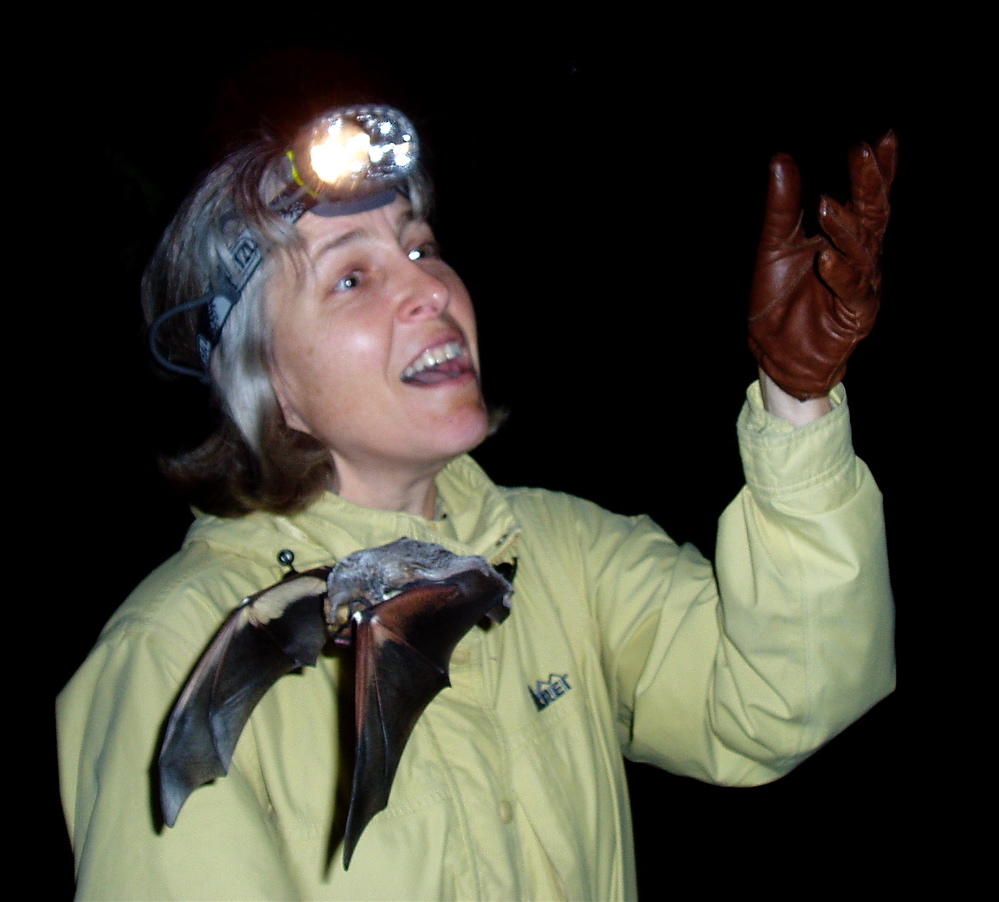
OK so it's been another long time since I posted. I realized that one reason I have been reluctant to post is that I have felt I must censor my writing in order to keep my identity concealed. My earlier career in the software business makes me aware of how public the internet can be, and gives me a general distrust of technology. Plus, there have been reasons recently to
stay in the closet while blogging in academia. Well, I'm tired of doing that, so now you can see my real name right there in my blog profile.
Google me and you'll find what you probably have already figured out: I'm a
graduate student in Ecology at San Francisco State University. I'm also currently on the board for a very sweet non-profit, the
San Francisco Bay Bird Observatory. In my previous life, I worked for
HP, Oracle, and a small software start-up that never quite managed to make the big time. And in the theme of coming out and since June is traditional gay pride month, you'll also find that I'm a dyke. So far this hasn't mattered in either my old or my new careers, but if I ever need to leave the sanctuary of San Francisco that could someday change.
I took this photo of part of an art piece at the
Albany Bulb and thought it was a delightful theme. I am thrilled with this life and glad to share it with you. And hopefully I'll be posting more often. Now, back to the bats.

